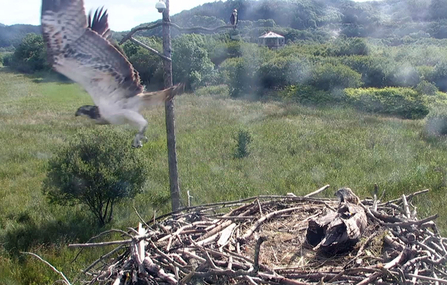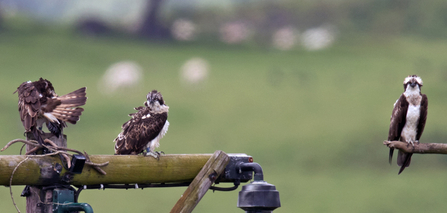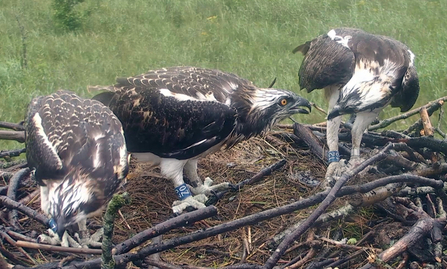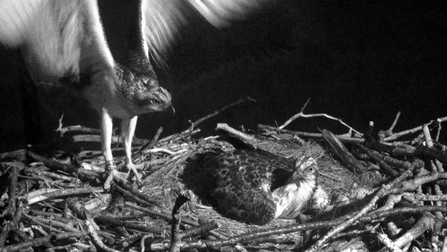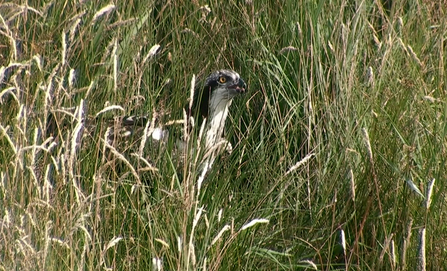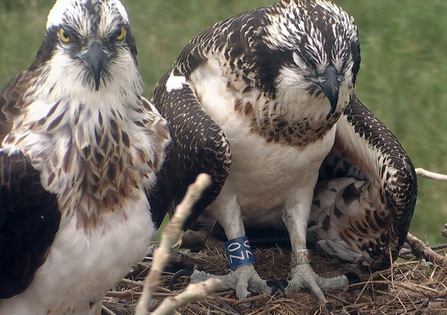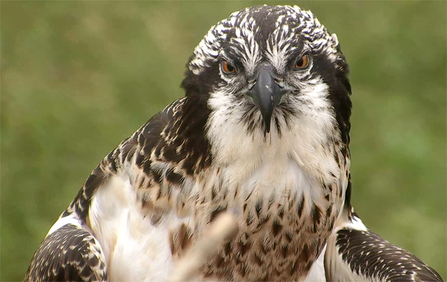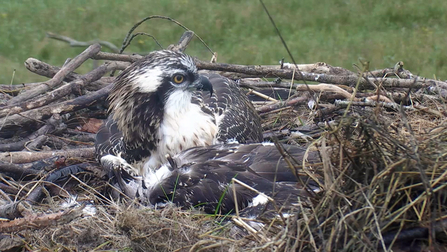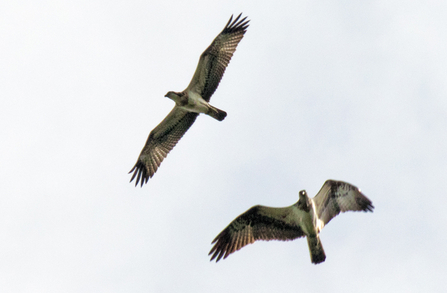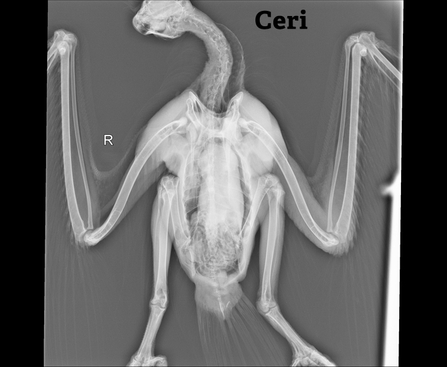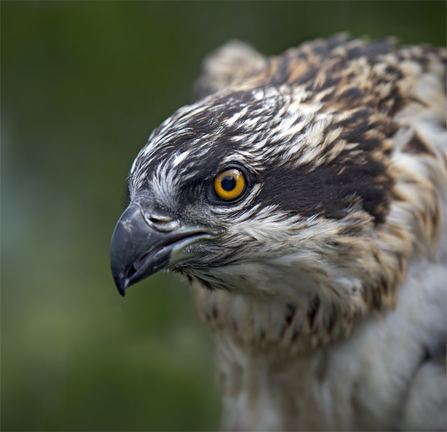This is the third and last blog regarding the events that happened up to and immediately after Ceri's sad demise last Wednesday evening, 20th July.
I realise that often people read blogs months and years after they have been written. It is important to understand what has been said previously - first blog here and second blog here. There is much more information on social media too including Facebook and our DOP Youtube Channel. However, to try and get all the information succinctly in one place, particularly with respect to people reading about Ceri long into the future, the following is a summary of the key events lasting just over a week, in chronological order.
Thursday (14th July) - Ceri Fledges
At 09:25 Ceri takes her maiden flight aged 51 days, just about average age. As fledging flights go, it is rather uneventful lasting some 24 seconds - blog here

